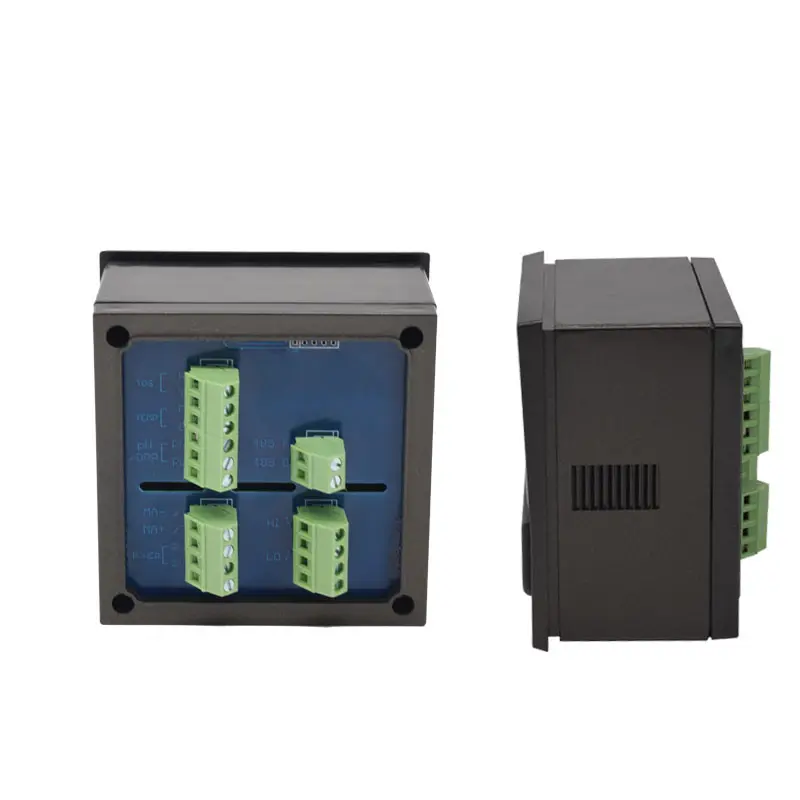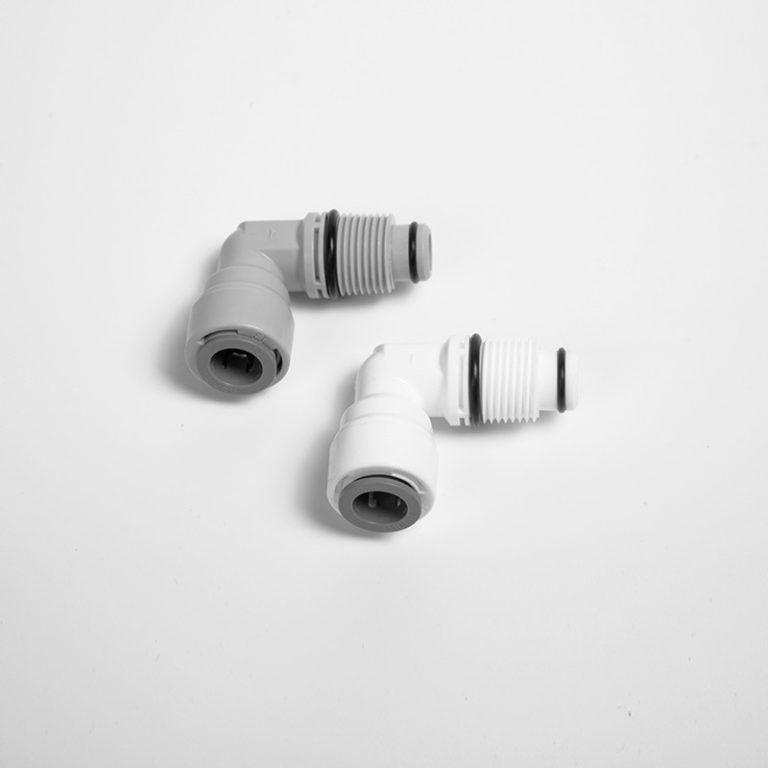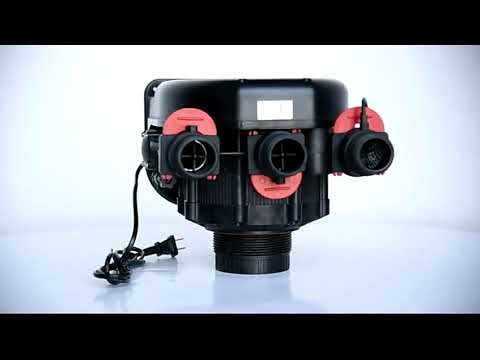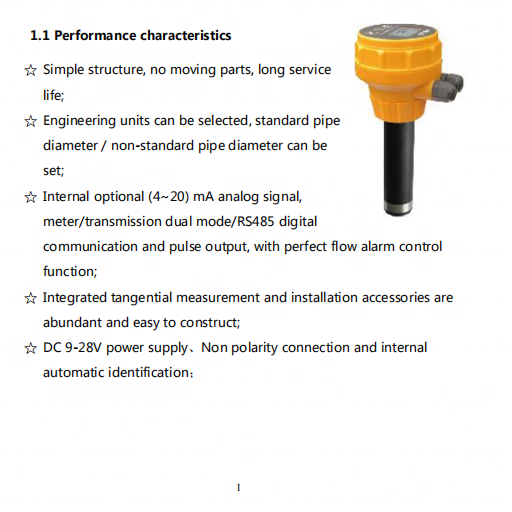Table of Contents
Advantages of Using Non Contact Flow Sensors in Industrial Applications
Non-contact flow sensors are becoming increasingly popular in industrial applications due to their numerous advantages over traditional contact-based sensors. These sensors use non-intrusive methods to measure flow rates, making them ideal for a wide range of industries where accuracy and reliability are crucial.

One of the main advantages of non-contact flow sensors is their ability to measure flow rates without coming into direct contact with the fluid being measured. This eliminates the risk of contamination or damage to the sensor, making them ideal for use in industries where cleanliness is paramount, such as food and pharmaceutical manufacturing. Additionally, non-contact sensors are less prone to wear and tear, resulting in longer lifespans and reduced maintenance costs.
| FCT-8350 Flow Transmitter | |
| Measurement range | Instantaneous flow:(0~2000)m3/h;Accumulated flow:(0~99999999)m3 |
| Flow rate | (0~5)m/s |
| Applicable pipe diameter | DN 25~DN 1000 for selection |
| Resolution | 0.001 m3/h |
| Renew interval | 1S |
| Accuracy | 2.0 level |
| Repeatability | ±0.5% |
| Probe input | Range :0.5Hz~2KHz;Power supply:DC 12V(instrument supply) |
| Analog output | (4~20)mA,Instrument/transmitter for selection; |
| Control output | Semi-conductor photo electronic relay,Load current 50mA(max),AC/DC 30V |
| Control mode | Instantaneous flow high/low limit alarm, flow variable frequency conversion |
| Working power | DC24V |
| Power consumption: | <3.0W |
| Cable length | 5m as standard ; or(1~500)m for selection |
| Working environment | Temp.:(0~50)℃;relative humidity≤85%RH(non condensation) |
| Storage environment | Temp.:(-20~60)℃; relative humidity:≤85%RH(non condensation) |
| Protection level | IP65(with back cover) |
| Dimension | 96 mm×96 mm×94mm (H×W×D) |
| Hole size | 91mm×91mm(H×W) |
| Installation | Panel mounted,fast installation |
Non-contact flow sensors also offer greater flexibility in terms of installation and placement. Traditional contact-based sensors require direct contact with the fluid being measured, limiting where and how they can be installed. Non-contact sensors, on the other hand, can be placed at a distance from the flow stream, allowing for more versatile installation options. This flexibility makes non-contact sensors ideal for retrofitting existing systems or for use in tight spaces where traditional sensors may not fit.
In addition to their practical advantages, non-contact flow sensors also offer improved accuracy and precision compared to contact-based sensors. By using non-intrusive methods such as ultrasonic or electromagnetic technology, these sensors can provide highly accurate measurements without disrupting the flow of the fluid being measured. This level of precision is crucial in industries where even small variations in flow rates can have significant impacts on production processes.
Furthermore, non-contact flow sensors are often easier to calibrate and maintain than traditional sensors. Many non-contact sensors are self-calibrating, eliminating the need for manual adjustments and reducing the risk of human error. Additionally, non-contact sensors are less prone to drift over time, ensuring consistent and reliable measurements over the long term.
Overall, the advantages of using non-contact flow sensors in industrial applications are clear. From their ability to measure flow rates without direct contact with the fluid being measured to their flexibility in installation and superior accuracy, non-contact sensors offer a range of benefits that make them an attractive option for a wide range of industries. As technology continues to advance, non-contact flow sensors are likely to become even more prevalent in industrial settings, providing companies with the tools they need to optimize their processes and improve efficiency.
How Non Contact Flow Sensors Improve Accuracy and Reliability in Fluid Measurement
Non-contact flow sensors are a crucial component in various industries where accurate and reliable fluid measurement is essential. These sensors offer a non-intrusive way to measure the flow of liquids or gases without coming into direct contact with the fluid being measured. This non-contact approach provides several advantages over traditional contact-based flow sensors, including improved accuracy, reduced maintenance requirements, and increased reliability.
One of the key benefits of non-contact flow sensors is their ability to measure flow rates without disrupting the flow of the fluid being measured. Traditional contact-based sensors can introduce turbulence or pressure drops in the fluid, which can affect the accuracy of the measurement. Non-contact sensors, on the other hand, use technologies such as ultrasonic or electromagnetic waves to measure flow rates without physically touching the fluid. This non-intrusive approach ensures that the measurement is not influenced by the sensor itself, leading to more accurate and reliable results.
In addition to improved accuracy, non-contact flow sensors also offer reduced maintenance requirements compared to contact-based sensors. Because non-contact sensors do not come into direct contact with the fluid, they are less prone to fouling or corrosion, which can affect the performance of traditional sensors over time. This means that non-contact sensors require less frequent cleaning and calibration, resulting in lower maintenance costs and increased uptime for the system.
Furthermore, non-contact flow sensors are often more durable and reliable than contact-based sensors. By eliminating the need for physical contact with the fluid, non-contact sensors are less susceptible to wear and tear, making them ideal for applications where reliability is critical. Additionally, non-contact sensors are less likely to be affected by changes in the properties of the fluid being measured, such as temperature or viscosity, further enhancing their reliability in a wide range of operating conditions.
One common technology used in non-contact flow sensors is ultrasonic flow measurement. Ultrasonic sensors use sound waves to measure the flow of liquids or gases, providing accurate and reliable measurements without the need for physical contact with the fluid. Ultrasonic flow sensors are particularly well-suited for applications where high accuracy and non-intrusive measurement are required, such as in the pharmaceutical, food and beverage, and water treatment industries.
Another technology commonly used in non-contact flow sensors is electromagnetic flow measurement. Electromagnetic sensors use magnetic fields to measure the flow of conductive fluids, such as water or chemicals. These sensors offer high accuracy and reliability, even in harsh operating environments where traditional sensors may struggle to provide accurate measurements. Electromagnetic flow sensors are widely used in industries such as wastewater treatment, pulp and paper, and mining, where accurate flow measurement is essential for process control and optimization.
In conclusion, non-contact flow sensors play a crucial role in improving accuracy and reliability in fluid measurement across a wide range of industries. By using non-intrusive technologies such as ultrasonic and electromagnetic flow measurement, these sensors offer several advantages over traditional contact-based sensors, including improved accuracy, reduced maintenance requirements, and increased reliability. As technology continues to advance, non-contact flow sensors will likely become even more prevalent in industrial applications where precise and reliable flow measurement is essential.






